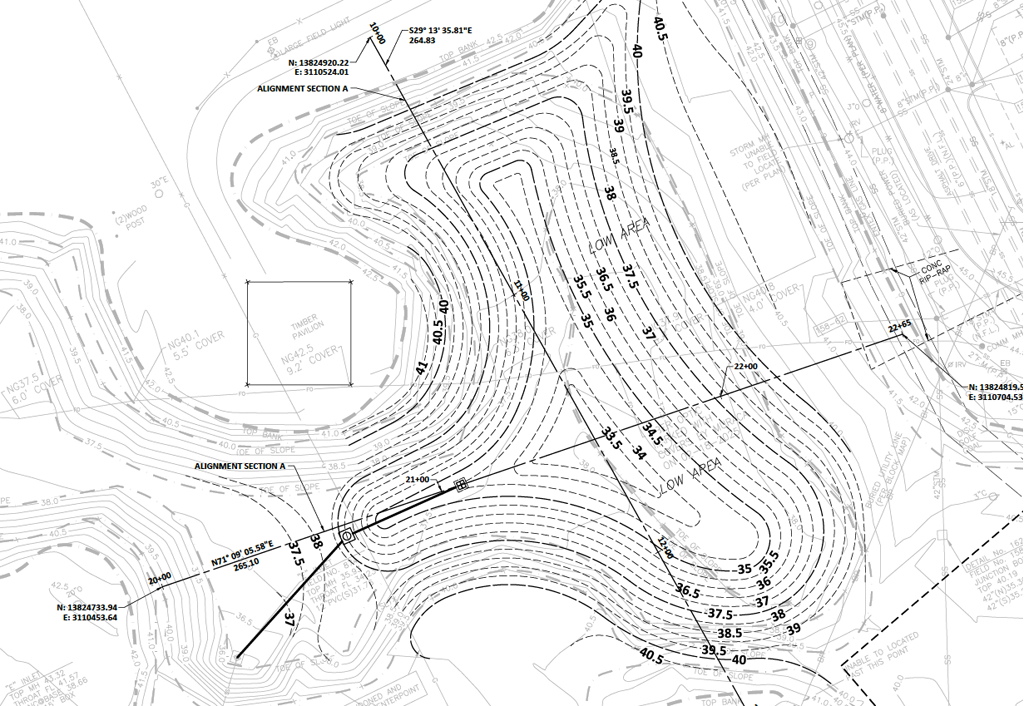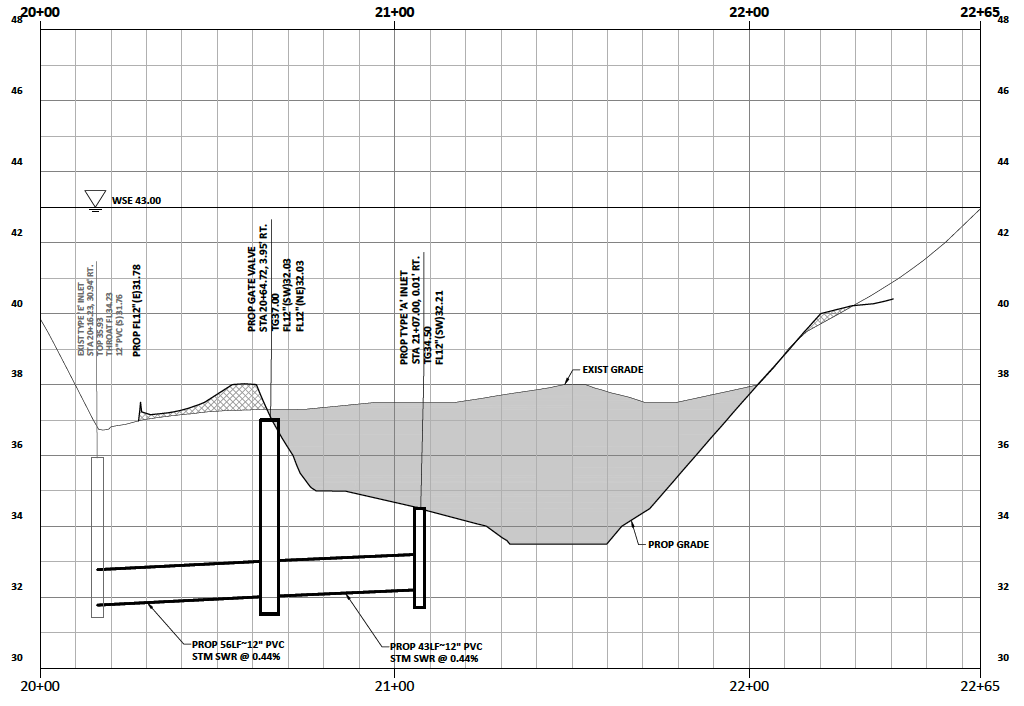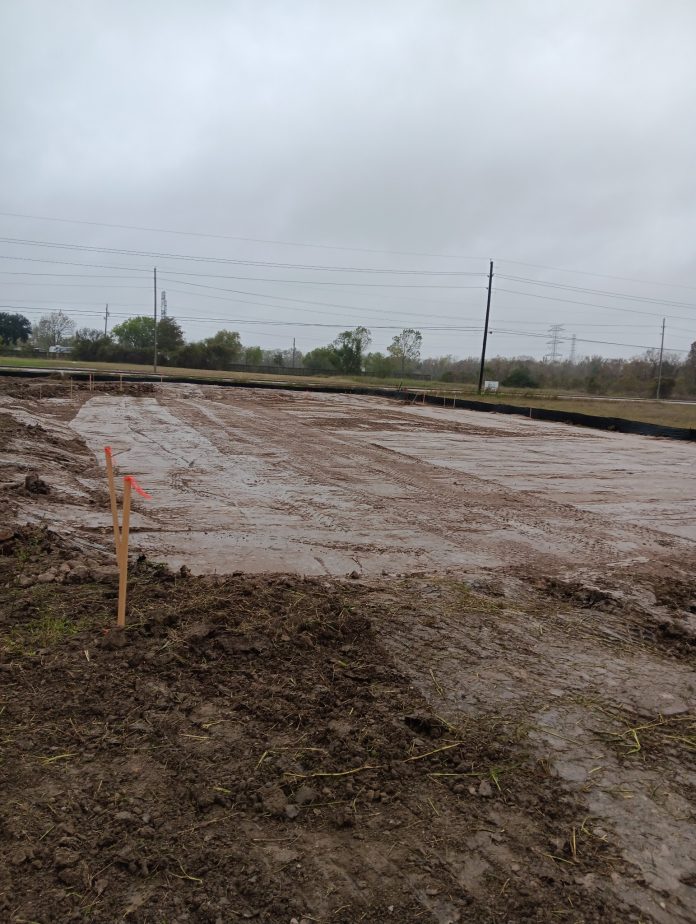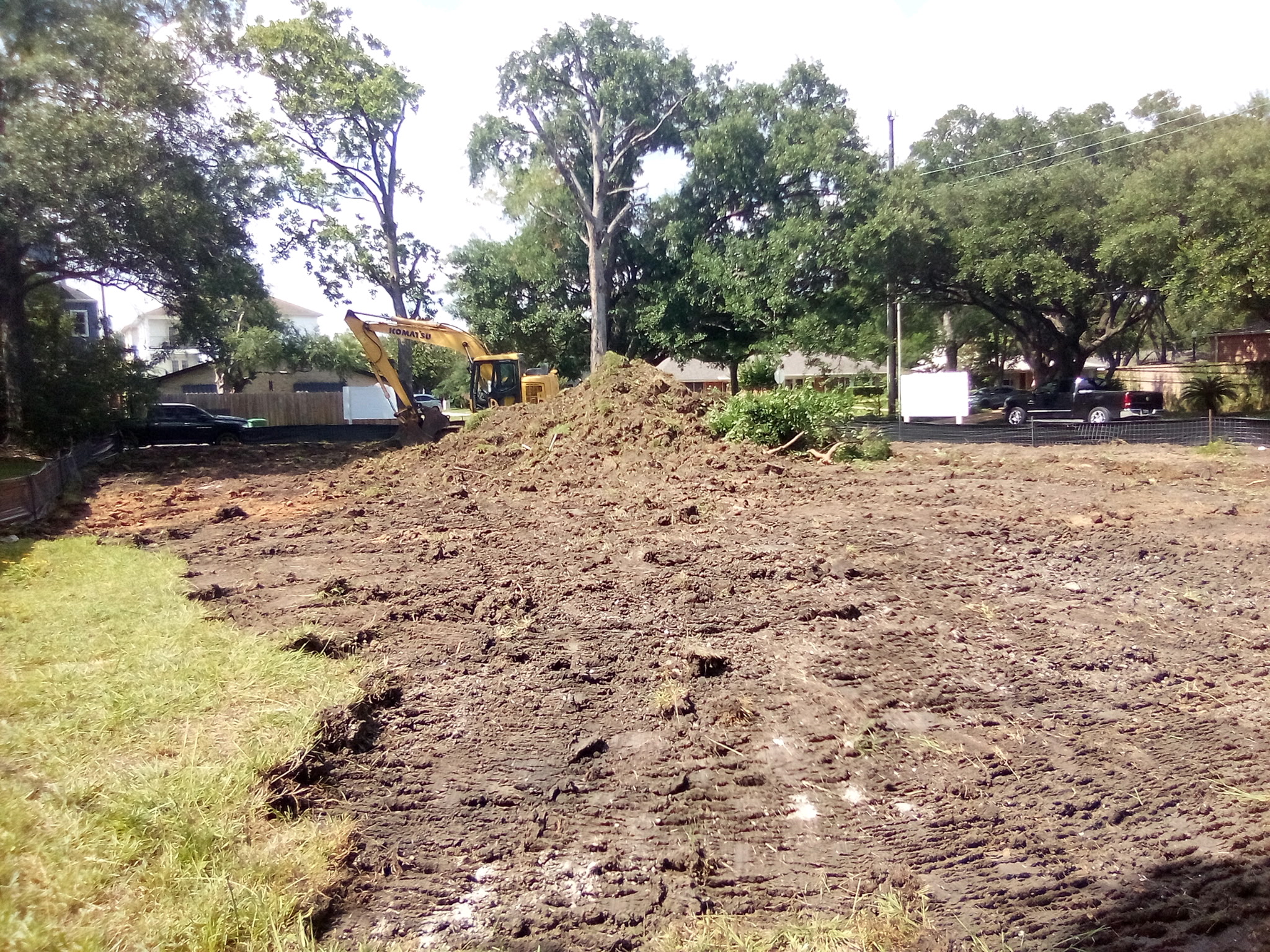Earthwork is the process of moving a portion of the earth’s surface from one location to another. Earth movement also includes transforming the earth’s material into a new desired shape and physical condition. It is commonly known as Earthwork excavation.
Everything is based in the Geotechnical or Soils Report which we describe in another article inside this category.
For the construction of foundations and trenches, earthwork is needed, which includes excavation and backfilling of soil to a required depth. To optimise the operation and avoid safety concerns, excavation and backfilling must be done correctly. While excavating, several soil strata may be encountered which require different types of operations. Because excavation costs make up a significant portion of the foundation, accurate measurement of excavation and backfilling is necessary.
 |
 |
- Clear and Grubbing
- Trenching
- Grading
- Water Management
- Stabilization
- Building Pads
- Ponds
Quality
Quality Check of Excavation
Following checks should be made while checking the quality of the excavation:
- Initial ground level and the size at the bottom are noted.
- Unsuitable materials are disposed of and kept for filling.
- Suitable materials are kept for backfilling purposes.
- Soil classification approval for the competent authority.
- With respect to the centre line, the bottom and sides of the pit should be dressed.
- Safety measures should be taken.
Quality Check of Backfilling
The quality check for backfilling is as important as excavation, and this can be achieved by following steps:
- Initial ground level is recorded.
- Approval of samples for the backfilling is done.
- Establishment of reference points for the final level of backfilling.
- It should be noted that backfilling should be done in layers with depths ranging from 15 to 20 cm.
- Watering and compaction are the most important steps to be followed to remove the voids for greater density and strength.



